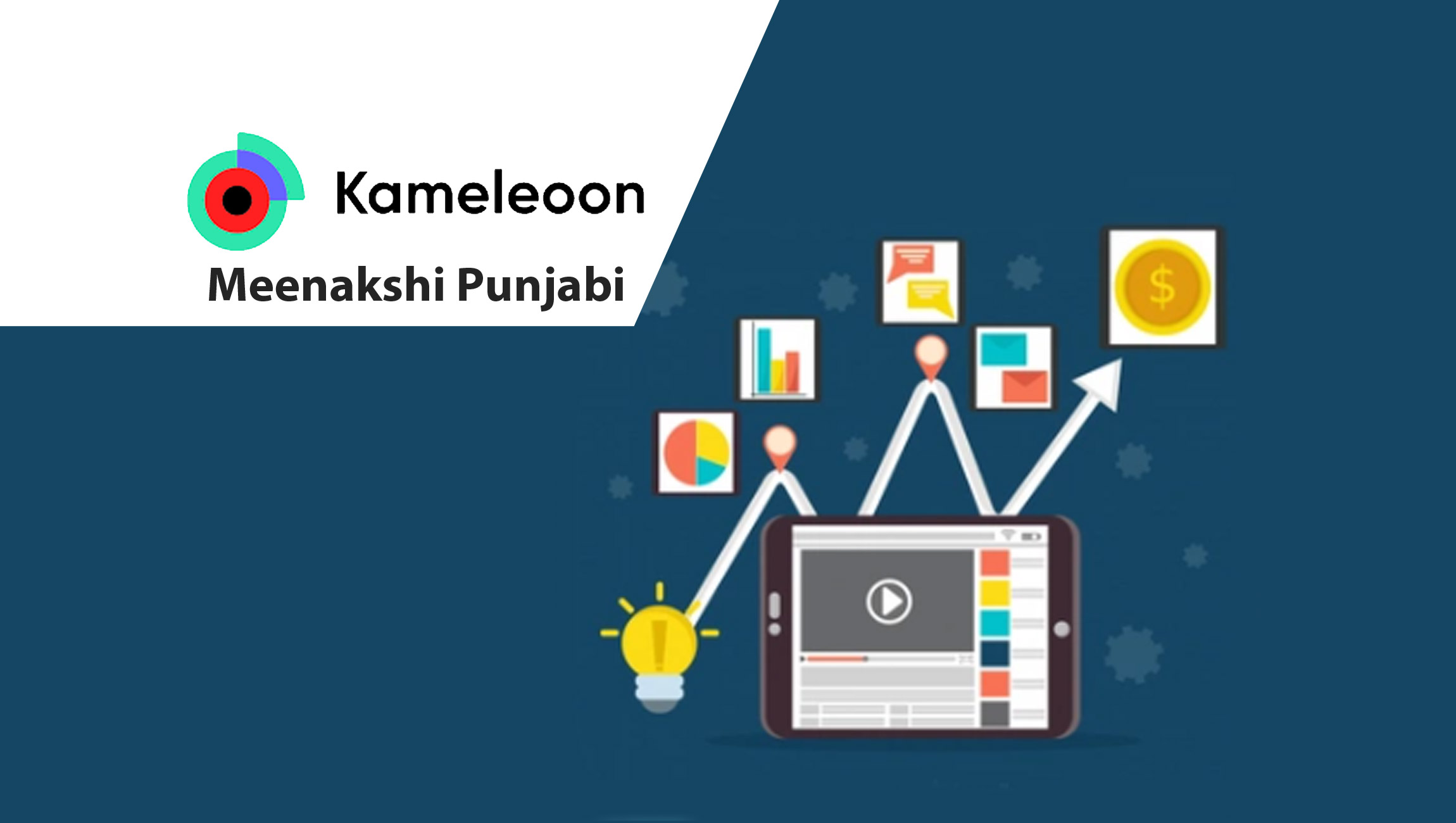The pandemic has transformed the world around us and forced companies to rely on digital platforms to stay relevant and in business.
In a recent 2021-trends piece, McKinsey highlighted the fact that in the US, e-commerce grew more than three times as quickly from 2019 to 2020 as it had during the previous five years.
It also pointed out how cars are being bought online without customers checking them out physically. The think tank also made the point that online sales at mass retailers rose 93 percent in 2020. Keeping all this in mind, it’s obvious that companies have not only rushed to beef up their online presence but also bolster it with all sorts of tools.
A common tool marketers use to boost the efficiency of a company’s web presence is the A/B testing platform. AB Tasty, Optimizely, and Kameleoon are known to be leading vendors in this space.
The practice of optimizing a website or web experience to get visitors to take a desired action (such as filling in a form to be contacted later or making a purchase online) is known as conversion rate optimization – and it is achieved using an A/B testing platform.
Most companies recognize that there’s intense competition in the digital world and know they must optimize their websites to make the most out of their web traffic.
For organizations that still need a push, findings from a recent study by Kameleoon and Go Group Digital titled How Brands Can Build a Digital Strategy for Future Growth could provide enough incentive. It found that 24% of consumers will use digital channels more [frequently] in the long term, 73% want to receive a more personalized experience, and 41% said they’d move away from brands that offered a poor online experience.
Marketers need to focus on getting great at conversion rate optimization. Great philosopher Aristotle once said, “well begun is half done” – here are some considerations for marketers to help them get started on the right footing and achieve the results they need:
Marketing Technology News: MarTech Interview with Lorn Davis, VP of Corporate and Product Strategy at Facteus
1. Decide who’s responsible for CRO
Conversion rate optimization means leveraging not just A/B testing but also personalization – both of which require marketers to make frequent changes to their web pages.
In order to get started, marketers need to either decide who in their team is responsible for deciding what those changes will be and who is responsible for making those changes. In most instances, a developer is required – unless the tool offers drag-and-drop capabilities. Either way, this is a first step before
2. Understand industry and region’s data privacy and compliance requirements
While customers across the globe want their data to remain private and secure, laws and regulations are not exactly the same in different parts of the world. The EU’s General Data Protection Regulation (GRPD) and the US’ California Consumer Privacy Act (CCPA) are similar but marketers need to be wary of differences if they want to stay compliant while A/B testing and deploying personalization features.
Further, for marketers in specific industries such as financial services and healthcare, additional laws must be kept in mind. The US Health Insurance Portability and Accountability Act (HIPAA), for example, issues strong guidance as far as data privacy and security are concerned in the healthcare space.
Gaining an understanding of these laws not only help stay compliant but also allow for A/B testing and personalization tools to be set up correctly so long as they offer in-built compliance options.
3. Plan ahead when it comes to data visualization and integration
Some of the leading A/B testing tools offer capture data in real time and allow marketers to make changes to their website on the fly using drag-and-drop capabilities.
However, the ultimate goal when it comes to conversion rate optimization is to track, measure, and record. Hence, marketers need to think about the integration options offered by their A/B testing and personalization tool so that visualizations are drawn up on platforms they’re familiar with.
4. The first priority is to get your hands on a flicker-free script
Ask any experienced conversion rate optimization expert and you’ll know that a flicker-free script is the most important thing in this space. If the tool used by marketers doesn’t offer this feature, they need to find another tool – because ultimately, conversion doesn’t depend on the tool, it depends on user experience.
Let’s take a step back to understand what a flick-free script is. When an alternative experience is prepared on a base website using a script – and the script loads slowly, the user sees the original or base website first and then the alternate version loads. This hampers the user experience and is known as a “flicker”. Just reading that is enough to know why flicker-free scripts is such a big priority for professionals.
Providence, a leading healthcare company with 120,000 caregivers supporting 52 hospitals and 1,085 clinics works with Kameleoon to improve its digital experience. For them, flicker-free is a big deal.
5. Understand and comply with the requirements of ITP 2.3
This is another biggie for marketers. Often, a couple of weeks into experimentation and optimization, they realize that the data doesn’t add up and that the numbers don’t tally. One reason for this is because the tool they use doesn’t comply with the requirements of Intelligent Tracking Prevention (ITP) 2.3 – and hence, don’t capture data from users of Apple’s devices, and more specifically, its Safari browser.
Yes, Apple’s ITP 2.3 is challenging, but they only intend to protect their users. The best A/B testing and personalization tools in the market comply and continue to enjoy the ability to capture and crunch data from Apple devices. If you’re focused on conversion rate optimization, you cannot ignore Apple users – and by extension, you cannot neglect ITP 2.3.
Marketing Technology News: MarTech Interview with Brian Burt, Founder & Chief Executive Officer, Canopy Management
At the end of the day, marketers and their organizations know that conversion rate optimization is critical in the digital-first era, especially as the pandemic has altered buyer behavior forever. A/B testing and personalization tools allow them to achieve the best results – and choosing the right tool is important. However, at the end of the day, it’s up to the marketer to make the right decisions, push the boundaries, get innovative, and experiment. After all, it’s not about the tool, it’s about the user experience.











